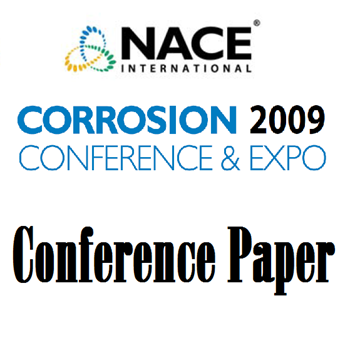Search
96548 CP IN DEEP WATER: THE IMPORTANCE OF CALCAREOUS DEPOSITS AND THE ENVIRONMENTAL CONDITIONS
Also Purchased
01013 A REVIEW OF CP CURRENT DEMAND AND ANODE PERFORMANCE FOR DEEP WATER
Product Number:
51300-01013-SG
ISBN:
01013 2001 CP
$20.00
09520 Effect of Calcareous Deposit Formation on Galvanic Anode Cathodic Protection of Steel in Seawater
Product Number:
51300-09520-SG
ISBN:
09520 2009 CP
Publication Date:
2009
$20.00
96562 MATHEMATICAL MODEL FOR PREDICTING CALCAREOUS FILM FORMATION
Product Number:
51300-96562-SG
ISBN:
96526 1996 CP
$20.00




